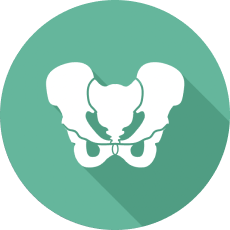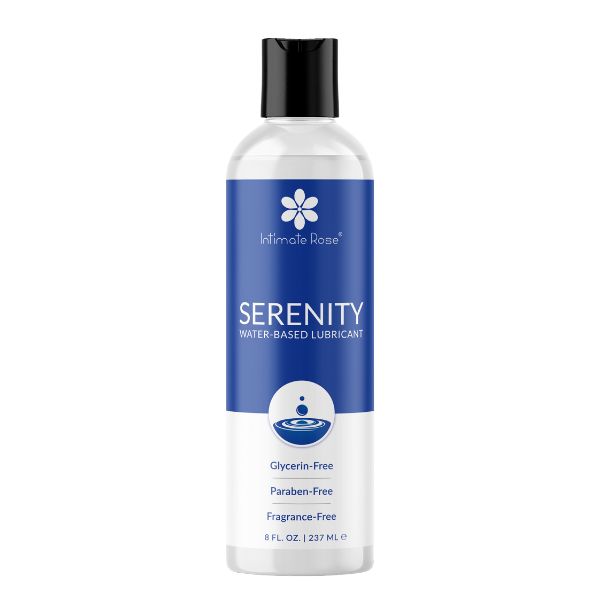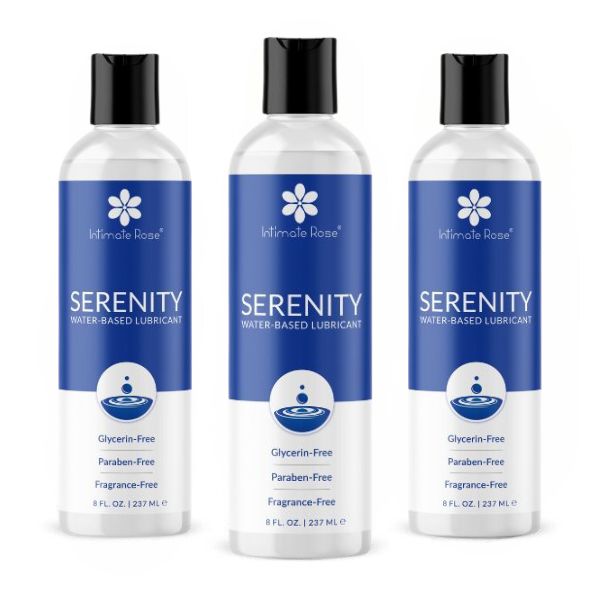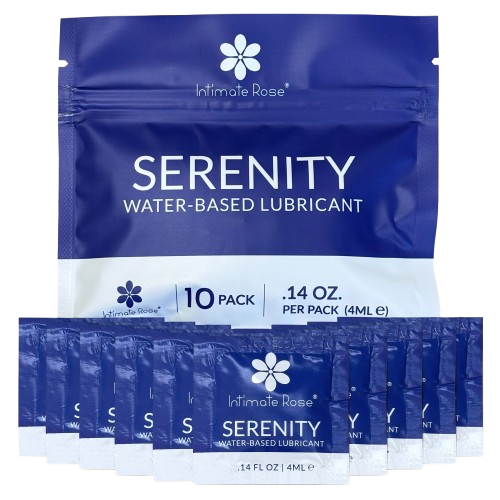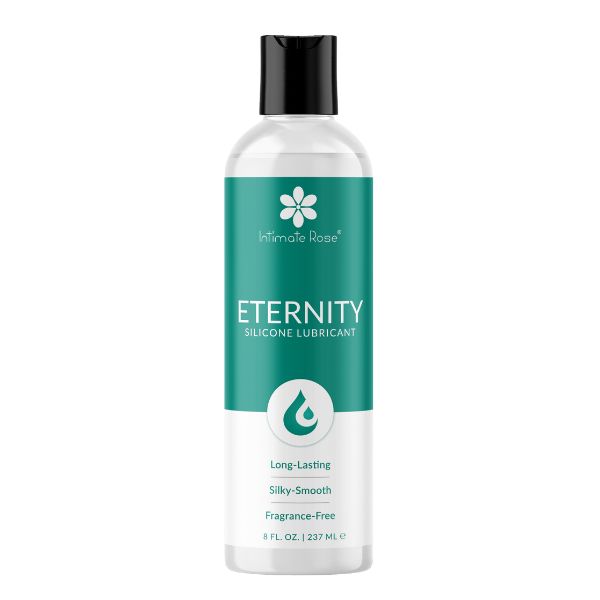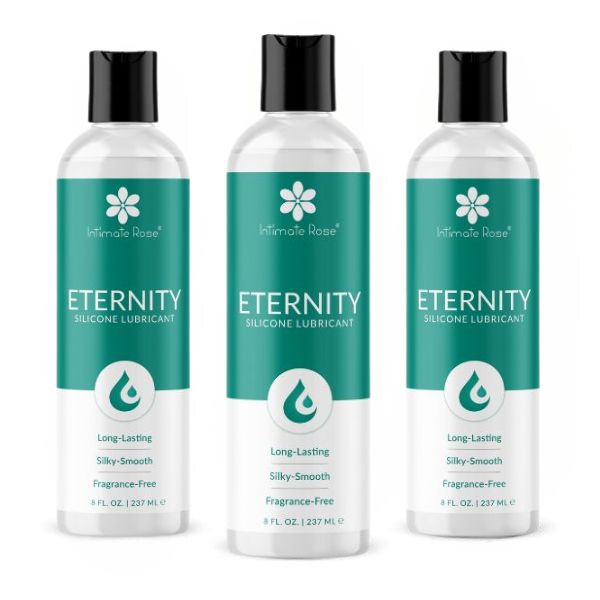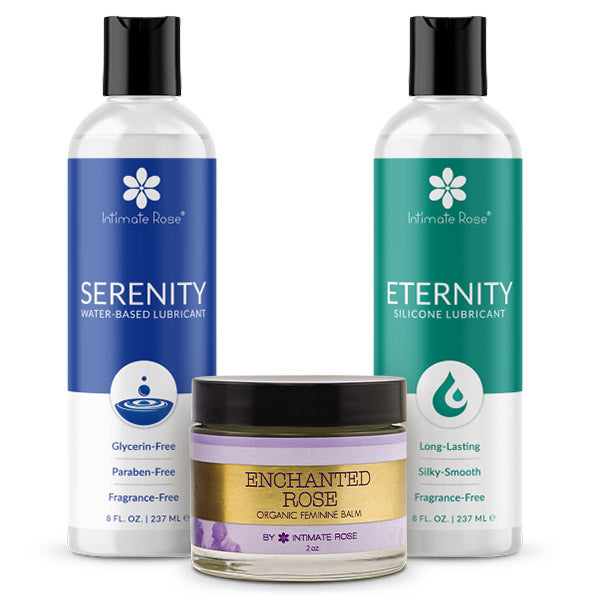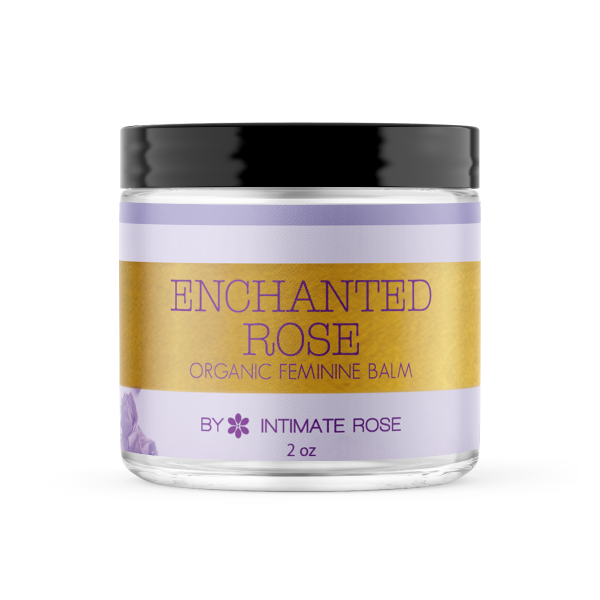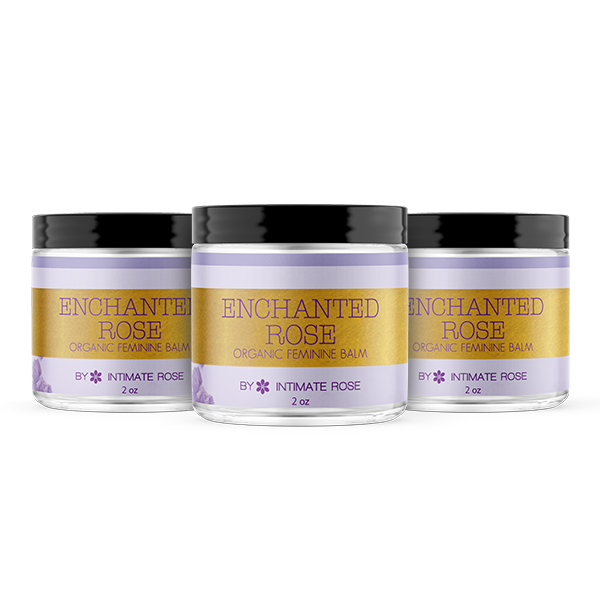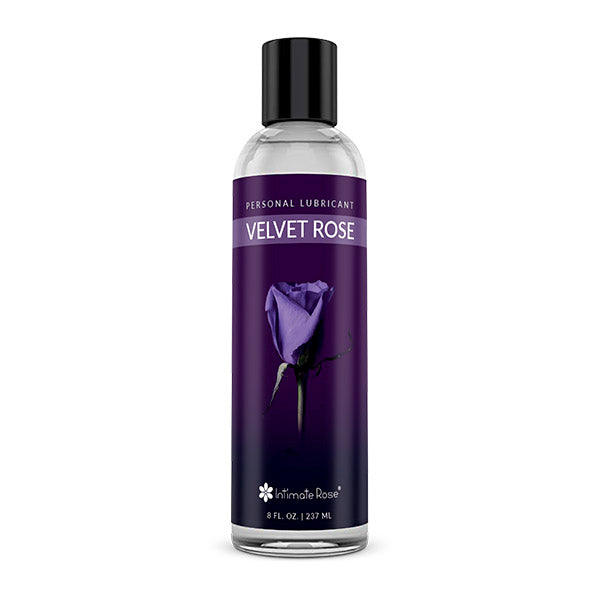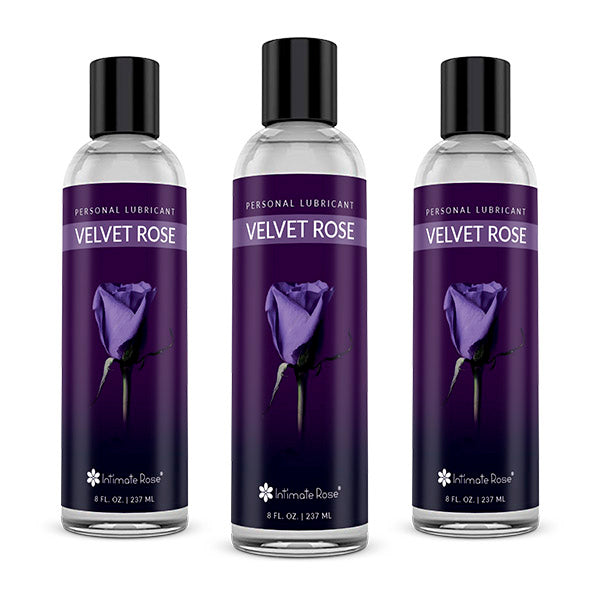Breast pain and tenderness, medically referred to as mastalgia, are experienced at different times throughout a woman’s lifetime. Although typically linked to PMS and pregnancy, breast pain and tenderness are also common symptoms of perimenopause and menopause.
It’s natural for women to worry about breast pain during menopause, but it’s rarely an early indicator of cancer.
Read on to better understand why breast pain occurs during perimenopause and menopause, what causes it, and how you can relieve it to live your best life through this midlife transition.
What Does Breast Pain Feel Like?

Breast pain, or mastalgia, can feel different for everyone. Some experience it as a dull, heavy, or aching pain, while other women feel a burning sensation, tenderness to the touch, or a stabbing or throbbing pain. For clarity, breast pain is categorized as cyclical or non-cyclical and can occur in both breasts or just one.
Cyclical and Non-Cyclical Breast Pain: What’s the Difference?
Cyclical breast pain, which comes and goes, is normally linked to hormone fluctuations during the menstrual cycle. As estrogen and progesterone levels rise and drop to prepare for menstruation an increase of fluid in the breasts causes them to swell and feel painful or tender.
This type of pain usually occurs a few days before a period and is mainly felt in the upper and outer breasts, sometimes extending to the underarm. Cyclical breast pain usually subsides when a period finishes.
Non-cyclical breast pain is unpredictable, in that it can be constant or temporary and is not linked to hormones or menstruation. Non-cyclical breast pain can be felt in one part of the breast or all of it and it can occur in just one breast or both. This type of breast pain is usually a sign of an underlying issue such as a breast injury, infection, poor bra support, a cyst, or a noncancerous tumor.
Menopause Breast Pain and Tenderness: What Causes It?
As the female body transitions out of the reproductive stage, estrogen and progesterone fluctuate up and down in a more random way. Although breast pain is still considered cyclical during perimenopause, it becomes more random due to the equally unpredictable periods during this time of life.
The connective tissue that supports the breasts is also sensitive to hormone fluctuations and as estrogen levels drop, the breasts tend to receive less anatomical support. This lack of support from the connective tissues can cause or add to breast pain or tenderness during perimenopause and menopause.
Studies have shown that hormone replacement therapy (HRT) can relieve breast pain in women experiencing it as a perimenopause symptom. However, the same studies concluded that HRT can instigate mastalgia in perimenopausal and menopausal women who have not experienced breast pain as a symptom before treatment.
Other contributors to breast pain during perimenopause and menopause include ill-fitting bras that offer poor support, too much caffeine, smoking, and feeling stressed, anxious, or depressed.
Is Breast Pain Worse During Menopause or Perimenopause?
Cyclical breast pain and tenderness are more common during perimenopause, which is the stage preceding menopause when estrogen and progesterone levels begin to fluctuate. Although breast pain can still occur during menopause, (when a period has not occurred for 12 consecutive months) most women find that it tends to subside as hormone levels stabilize.
That said, some women in menopause and postmenopause are known to experience non-cyclical breast pain due to benign tumors, cysts, or mammary duct ectasia. In these cases, additional breast or nipple changes will also occur.
When to See Your Doctor
The majority of times, breast pain or tenderness during perimenopause and menopause are perfectly normal and rarely a sign of something more serious. However, if you notice any of the additional symptoms mentioned below, schedule an appointment for a check-up with your doctor.
- A breast lump or a lump under your arm
- Nipple discharge or any noticeable changes to the nipple
- Sudden swelling or shrinking in one or both breasts
- Redness, skin puckering, or dimpling resembling an orange peel on the breast
Breast Lumps During Menopause: Is it Cancer?
As well as breast pain, it is also common to notice small breast lumps during perimenopause and menopause. Although the initial reaction is to worry, try not to panic. Harmless cysts or fluid-filled sacs in the breasts can occur at any age, including perimenopause and menopause.
Fibrocystic changes, hormone fluctuations, and aging often cause these lumps. They normally dissolve when hormones stabilize during menopause, however, they are known to linger for longer in women who take HRT.
To be on the safe side, always ensure your doctor checks every breast lump, even if you think they are harmless cysts.
Treating Breast Pain During Perimenopause and Menopause
Several treatments, both medical and natural, can relieve breast pain during perimenopause and menopause.
Over-the-counter pain medication such as Ibuprofen can ease the pain, tenderness, and discomfort of mastalgia. Applying a warm compress or soaking in a hot bath can also help reduce breast pain and tenderness. If a doctor deems your menopause symptoms life-disrupting, HRT may be prescribed to alleviate the hormonal causes of breast pain and other menopause symptoms.
That said, the hazards associated with taking HRT, including an increased risk of breast cancer, blood clots, stroke, and cardiovascular disease, often dissuade women from taking it. Not to mention the studies proving that HRT can cause breast pain to linger into postmenopause.
In these cases, a natural, inexpensive, alternative remedy called Vitex Chasteberry can provide similar relief for breast pain and other menopause symptoms with no side effects.
Vitex Chasteberry is a phytoestrogen derived from a tree native to the Mediterranean and parts of Asia. Phyto means the estrogen is plant-based rather than animal-based and when ingested as a daily supplement, the body responds as if it is estrogen.
This mimicked presence of estrogen has been proven to relieve breast pain and improve sleep & mood swings during perimenopause and menopause. A daily Vitex Chasteberry Supplement is also known to reduce hot flashes and night sweats and prevent the loss of bone density without any of the risks of HRT.
Hormonal and Non Hormonal Menopause Relief
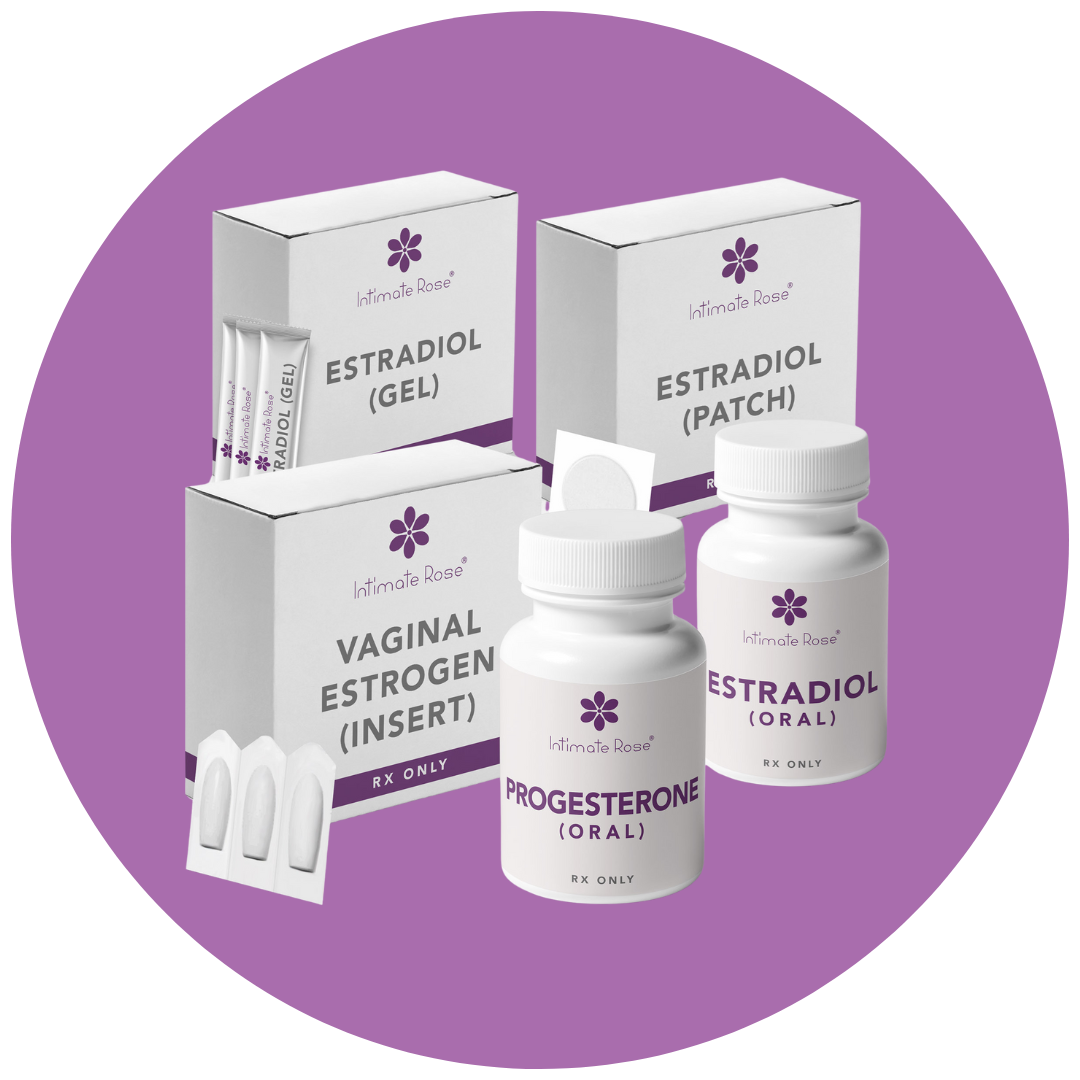
Lifestyle Changes to Relieve Breast Pain During Menopause
Lifestyle habits such as smoking, drinking too much caffeine, not drinking enough water, succumbing to stress, and a lack of adequate support for the breasts can also contribute to breast pain, but addressing them can provide relief.
- Dehydration contributes to breast pain by signaling the body to retain fluid, therefore staying hydrated by drinking 1.5-3.0 liters of water per day can reduce breast pain.
- Practicing relaxing techniques like yoga and meditation can encourage stress relief and alleviate pain and tension in the breasts and the rest of the body.
- Studies have concluded that there is a direct relationship between smoking and breast pain, and reducing or giving up smoking can ease breast pain during menopause.
- Reducing the consumption of caffeine or cutting it out completely has also been proven to reduce and alleviate breast pain and tenderness.
- Ensuring that the breasts are well supported is another lifestyle change that can alleviate breast pain. Women in menopause can typically increase or decrease in bra size, so it’s not a bad idea to have a professional fitting.
- Provide extra support to the connective breast tissues and relieve breast pain by toning the chest muscles with exercise, push-ups, and light weights.
Conclusion
Breast pain is a common symptom of perimenopause and menopause but rarely a sign of breast cancer. Typically caused by hormone changes, breast pain during the change of life can present as a burning, stabbing, or throbbing pain, as well as a tenderness that hurts when touched. It can occur in one breast, or both, and sometimes extends to the armpit.
If you are experiencing breast pain or tenderness during perimenopause or menopause, schedule a consultation with your doctor for a check-up and possible treatment options. Over-the-counter pain medication and HRT or a phytoestrogen known as Vitex Chasteberry are often prescribed to reduce symptoms of menopause.
Should you notice a breast lump, nipple discharge, or any obvious changes to your breasts along with breast pain, it is always wise to see your doctor.

Get your personalized HRT plan!

Get your personalized HRT plan!
References
The Menopause Center – Menopause and Breast Tenderness - https://www.mymenopausecentre.com/symptoms/breast-tenderness/
Cleveland Clinic – Does Menopause Cause Breast Pain? - https://health.clevelandclinic.org/breast-pain-menopause
Paradoxical effects of hormone replacement therapy on breast tenderness in postmenopausal women – National Library of Medicine - https://pubmed.ncbi.nlm.nih.gov/7968650/
National Library of Medicine - Comparison of Vitex agnus-castus Extracts with Placebo in Reducing Menopausal Symptoms: A Randomized Double-Blind Study - https://www.ncbi.nlm.nih.gov/pmc/articles/PMC6887765/
National Library of Medicine - Caffeine restriction as initial treatment for breast pain - https://pubmed.ncbi.nlm.nih.gov/2927749/
National Library of Medicine - Smoking and Fibrocystic Changes in the Breast: A Case Report of a Lifelong Smoker and Changes in Breast Parenchyma - https://www.ncbi.nlm.nih.gov/pmc/articles/PMC9329828/

Get your personalized HRT plan!



